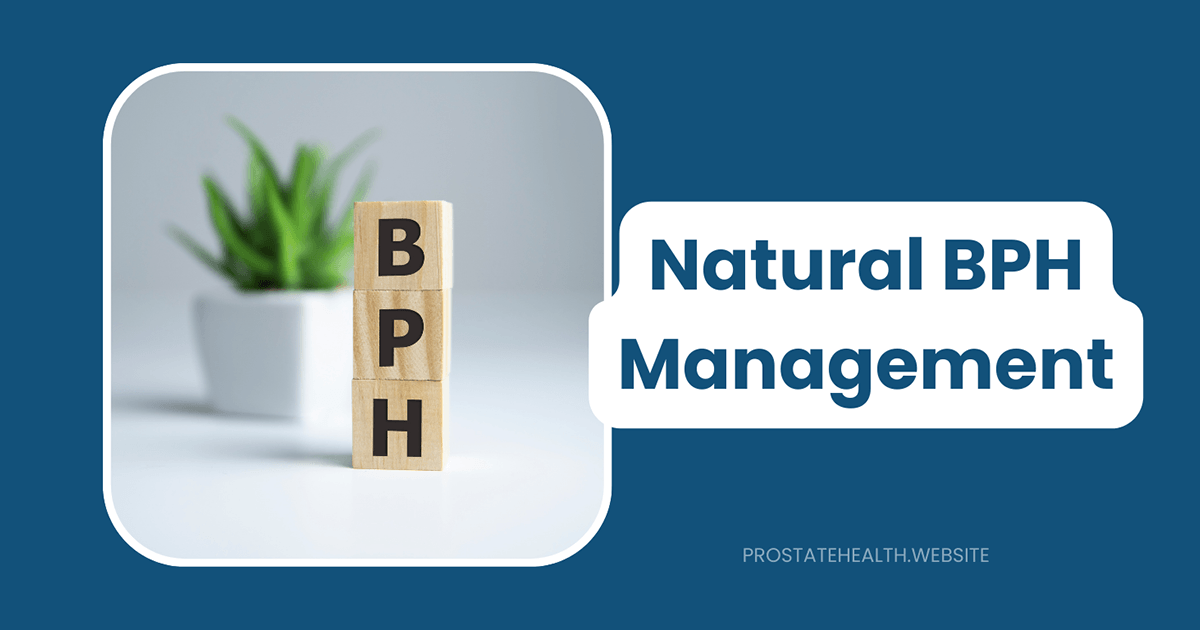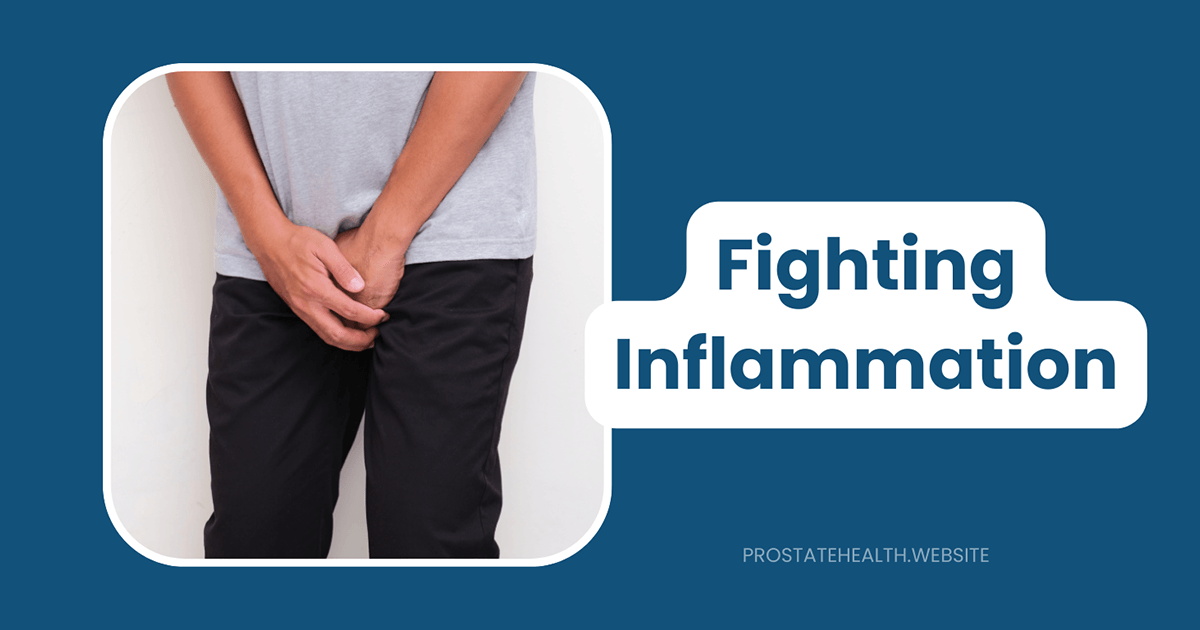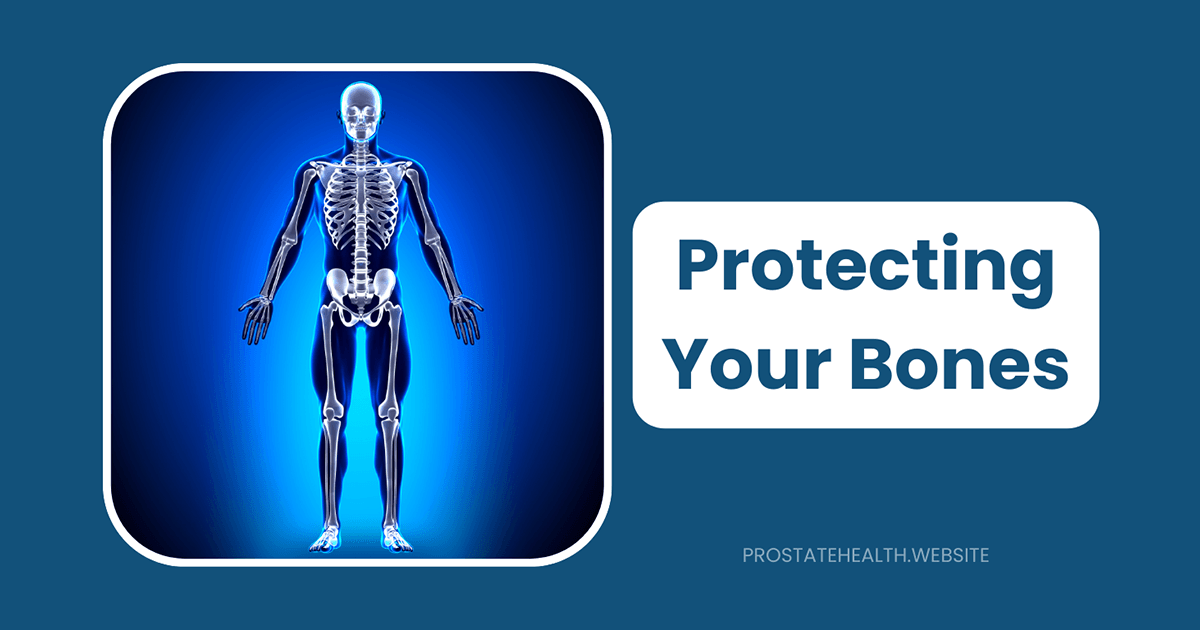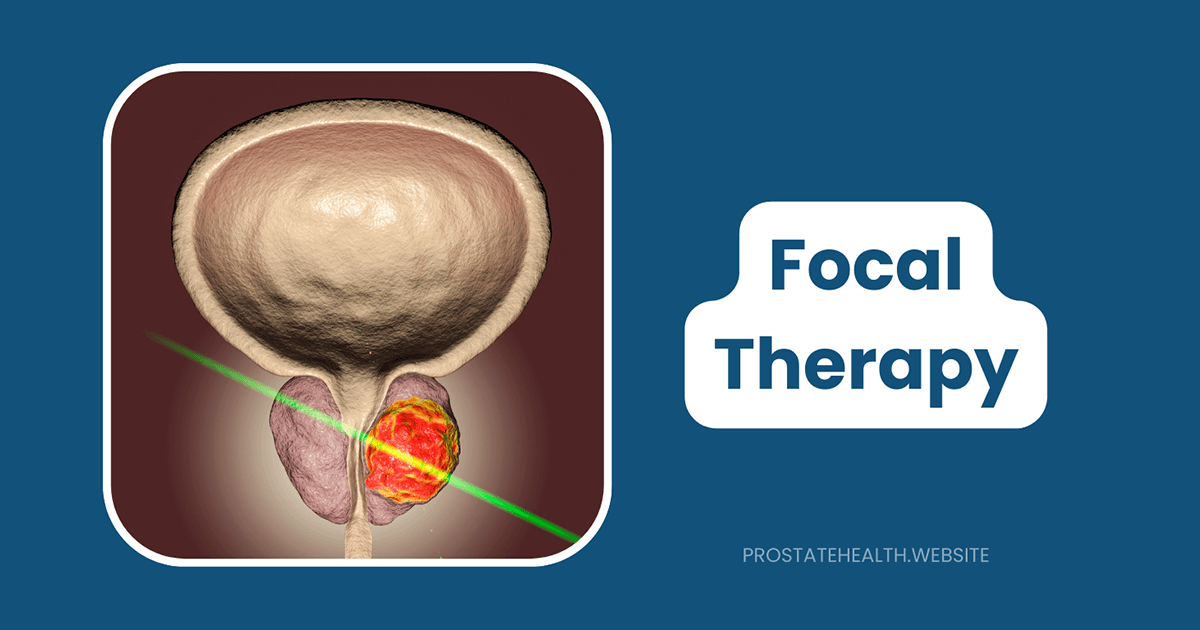TURP Procedure: What to Expect Before, During, and After
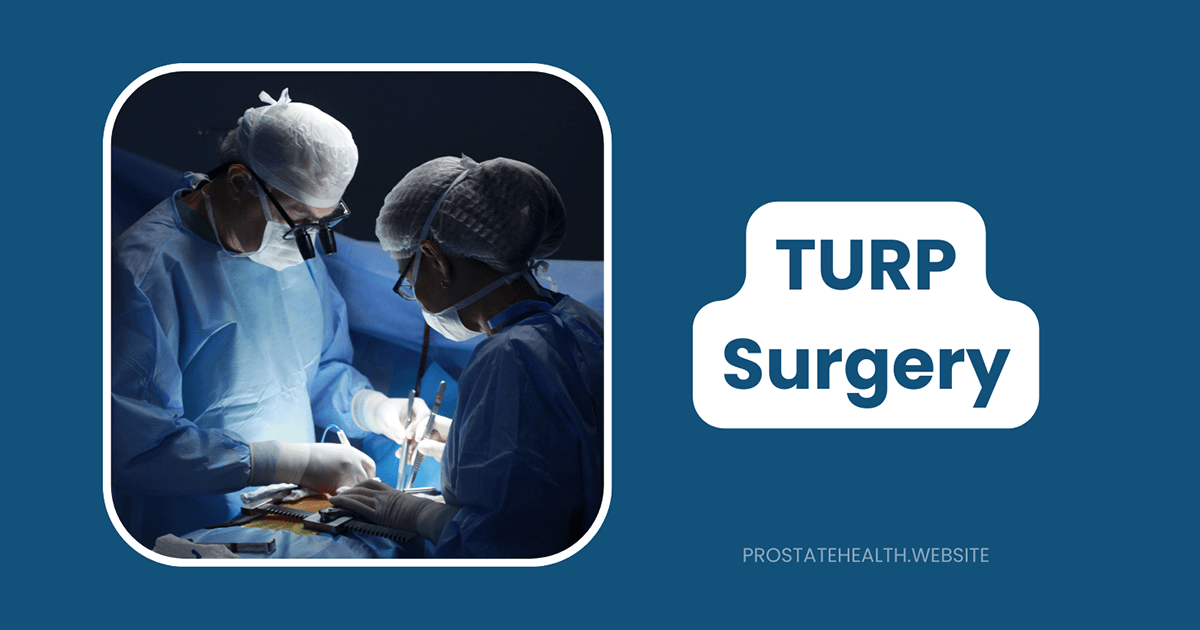
If you’re facing urinary problems due to an enlarged prostate, your doctor may have recommended a Transurethral Resection of the Prostate (TURP). As the gold standard surgical treatment for benign prostatic hyperplasia (BPH), TURP has helped millions of men regain normal urinary function and improve their quality of life.
“TURP remains one of the most effective surgical options for BPH, with success rates of 80-90% in relieving urinary symptoms,” explains Dr. James Wilson, urologist. “But like any surgery, knowing what to expect can significantly reduce anxiety and improve outcomes.”
This comprehensive guide walks you through the entire TURP journey—from preparation to recovery—so you can approach your procedure with confidence and clarity.
Understanding TURP Procedure: The Basics
Before diving into the details, let’s understand what TURP actually is. Transurethral Resection of the Prostate is a surgical procedure that removes excess prostate tissue that’s blocking urine flow. Unlike open surgery, TURP requires no external incisions—the entire procedure is performed through the urethra.
During TURP, your surgeon inserts a resectoscope (a thin, lighted tube with a camera and electrical cutting loop) through the penis into the urethra. The cutting loop removes small pieces of the prostate tissue that are obstructing urine flow, immediately improving the channel through which urine passes.
TURP is typically recommended when:
- Medications haven’t adequately relieved your symptoms
- You’re experiencing recurrent urinary retention (inability to empty your bladder)
- You have kidney or bladder damage from BPH
- You have recurring urinary tract infections due to incomplete bladder emptying
- Your quality of life is significantly affected by urinary symptoms
Before the Procedure: Preparation
1-2 Weeks Before Surgery
Medical Evaluation Your doctor will conduct a thorough evaluation, which may include:
- Physical examination
- Blood tests
- Urine tests
- Prostate-specific antigen (PSA) test
- Urinary flow tests
- Ultrasound to measure residual urine
Medication Review
- You’ll need to stop taking blood thinners like aspirin, warfarin, or clopidogrel, typically 5-7 days before surgery
- Inform your doctor about ALL medications you take, including over-the-counter drugs and supplements
- Some medications may need to be temporarily adjusted, especially if you have diabetes or high blood pressure
Lifestyle Preparations
- Arrange for someone to drive you home after the procedure
- Prepare your home for recovery (easy-to-reach items, comfortable resting area)
- Stock up on essentials like easy-to-prepare meals and plenty of fluids
- Consider purchasing absorbent pads for potential urinary leakage during recovery
The Day Before Surgery
- Follow any fasting instructions provided by your healthcare team
- You may be instructed to use a special antibacterial soap
- Pack a small bag with essentials for your hospital stay (1-3 days)
- Remove jewelry, contact lenses, and dentures before going to the hospital
- Avoid alcohol and tobacco
“I was nervous about the procedure, but having everything prepared at home beforehand made a huge difference during recovery,” shares Michael, 67, who underwent TURP in early 2025. “Simple things like having meals ready and setting up a comfortable recovery space really helped.”
During the Procedure: What Happens
Anesthesia
TURP is typically performed under one of two types of anesthesia:
- Spinal anesthesia: Numbs the lower half of your body while you remain awake
- General anesthesia: Puts you completely to sleep
Your anesthesiologist will discuss which option is best for you based on your health history and preferences.
The Surgical Process
- Positioning: You’ll be placed on your back with your legs in stirrups
- Insertion of the resectoscope: The surgeon inserts the thin tube through the urethra
- Visualization: A camera on the resectoscope allows the surgeon to see the prostate
- Tissue removal: Using the electrical cutting loop, the surgeon removes small pieces of prostate tissue
- Irrigation: Throughout the procedure, a solution flushes the area to maintain visibility and remove tissue pieces
- Coagulation: Blood vessels are sealed to control bleeding
- Catheter placement: A urinary catheter is inserted to drain urine and wash out blood clots
The entire procedure typically takes 60-90 minutes, depending on the size of your prostate and the amount of tissue that needs to be removed.
Immediate Post-Operative Care
After the procedure, you’ll be taken to a recovery room where:
- Your vital signs will be monitored
- You’ll receive pain medication as needed
- Your catheter will be connected to a drainage bag
- You may have continuous bladder irrigation to prevent blood clots
After the Procedure: Recovery Timeline
Hospital Stay (1-3 Days)
Day 1
- You’ll have a urinary catheter in place
- Continuous bladder irrigation may be used to prevent clots
- You may notice pink or red-tinged urine, which is normal
- Pain medication will be provided as needed
- You’ll be encouraged to drink plenty of fluids
- You may start walking short distances with assistance
Day 2-3
- Your catheter may be removed if urine is clearing (less blood)
- After catheter removal, you’ll need to urinate on your own
- Your doctor will monitor your ability to empty your bladder
- If you can urinate successfully and your urine is relatively clear, you may be discharged
- You’ll receive instructions for home care before leaving
First Week at Home
What to Expect
- Burning or discomfort during urination
- Frequent urination and urgency
- Blood in urine (especially with increased activity)
- Fatigue and general discomfort
- Possible bladder spasms
Care Instructions
- Drink 8-10 glasses of water daily to flush your bladder
- Avoid straining during bowel movements
- Take all prescribed medications, including antibiotics
- Avoid lifting anything heavier than 10 pounds
- Take short walks to promote circulation
- Rest when tired
- Avoid driving while taking narcotic pain medications
“The first week was challenging,” admits Robert, 72. “I experienced some burning and saw blood in my urine occasionally, which was scary until I remembered my doctor said it was normal. By day 7, things were already improving significantly.”
Weeks 2-4
What to Expect
- Gradual improvement in urinary symptoms
- Decreasing blood in urine (though it may temporarily increase around weeks 2-3 as scabs fall off)
- Improving energy levels
- Reduced need for pain medication
Activities
- Continue to avoid heavy lifting (over 10 pounds)
- Gradually increase walking distance
- You may be able to return to desk work after 2 weeks
- Continue to avoid strenuous exercise, sexual activity, and long car rides
Weeks 4-6
What to Expect
- Continued improvement in urinary flow and control
- Less frequent urination
- Minimal to no blood in urine
- Return to most normal activities
Activities
- Most men can resume all normal activities, including more strenuous exercise
- Sexual activity may be resumed (though you may experience retrograde ejaculation)
- Return to all types of work is usually possible
Beyond 6 Weeks
What to Expect
- Maximum improvement in urinary symptoms
- Stable urinary pattern
- Full energy return
Most men experience significant improvement in their symptoms after TURP, with benefits lasting 15 years or longer in many cases.
Potential Side Effects and Complications
Understanding potential side effects can help you recognize normal recovery versus complications that require medical attention.
Common Side Effects
Short-term (Days to Weeks)
- Blood in urine (hematuria)
- Painful or burning urination
- Urinary frequency and urgency
- Bladder spasms
- Fatigue
- Mild discomfort in lower abdomen
Long-term (Weeks to Permanent)
- Retrograde ejaculation (75-80% of men): Semen flows backward into the bladder rather than out through the penis during orgasm
- Dry orgasm: Related to retrograde ejaculation, you’ll still experience pleasure but with little to no semen
- Temporary erectile dysfunction: Usually resolves within a few months
- Urinary incontinence: Usually temporary, but may persist in some men
Serious Complications (Uncommon)
- TUR syndrome (rare with modern techniques): Occurs when irrigation fluid is absorbed into the bloodstream
- Heavy bleeding: Requiring blood transfusion or return to surgery
- Urinary tract infection: Requiring antibiotics
- Bladder neck contracture or urethral stricture: Narrowing of the urethra requiring additional treatment
- Permanent erectile dysfunction: Occurs in approximately 5-10% of men
- Permanent urinary incontinence: Very rare (less than 1%)
“I experienced retrograde ejaculation after my TURP, which my doctor had warned me about,” shares Thomas, 65. “It was strange at first, but it doesn’t affect pleasure during sex, and it’s a small price to pay for being able to sleep through the night without multiple bathroom trips.”
When to Call Your Doctor
During recovery, contact your healthcare provider immediately if you experience:
- Inability to urinate
- Severe pain not controlled by prescribed medications
- Heavy bleeding or large blood clots in urine
- Fever over 101°F (38.3°C)
- Chills or shaking
- Nausea or vomiting
- Swelling in legs or feet
- Chest pain or difficulty breathing
- Confusion or disorientation
Tips for a Smooth Recovery
Nutrition and Hydration
- Stay hydrated: Drink 8-10 glasses of water daily to help flush your bladder and prevent infection
- Avoid bladder irritants: Limit caffeine, alcohol, citrus juices, and spicy foods during recovery
- Prevent constipation: Eat fiber-rich foods and take stool softeners if prescribed
Physical Activity
- Balance rest and movement: Rest when tired, but take short walks several times daily
- Gradually increase activity: Add a little more activity each day as tolerated
- Pelvic floor exercises: These can help improve bladder control (ask your doctor for specific instructions)
Emotional Well-being
- Set realistic expectations: Full recovery takes time, and improvement may not be linear
- Stay connected: Talk with friends and family about your experience
- Consider support groups: Connecting with others who have undergone TURP can be helpful
Long-term Outlook and Follow-up Care
Most men experience significant improvement in urinary symptoms after TURP. According to recent studies, approximately 80-90% of patients report satisfaction with their results.
Follow-up Appointments
- First follow-up: Typically 2-4 weeks after surgery
- Subsequent visits: Usually at 3 months, 6 months, and then annually
- PSA testing: Your doctor may recommend periodic PSA tests to monitor for prostate cancer
Potential for Symptom Recurrence
While TURP provides long-lasting relief for most men, some may experience a return of symptoms years later as the prostate continues to grow. About 10-15% of men may need additional treatment within 10 years.
Factors that may increase the likelihood of needing additional treatment include:
- Younger age at time of initial TURP
- Very large prostate
- Incomplete removal of obstructing tissue
- Continued prostate growth
Alternatives to TURP
While TURP remains the gold standard surgical treatment for BPH, several alternatives exist that may be appropriate depending on your specific situation:
Minimally Invasive Options
- Rezūm Water Vapor Therapy: Uses steam to reduce prostate tissue
- UroLift System: Places implants to lift and hold enlarged prostate tissue
- Prostatic Artery Embolization (PAE): Reduces blood flow to the prostate
- Laser Procedures: Including HoLEP (Holmium Laser Enucleation of the Prostate) and GreenLight laser vaporization
Traditional Surgical Alternatives
- Open Prostatectomy: For very large prostates
- Robotic Simple Prostatectomy: Minimally invasive approach for large prostates
“I researched all my options before choosing TURP,” says William, 70. “For my situation—moderate prostate enlargement with significant symptoms—TURP offered the best balance of effectiveness and recovery time. Two months post-surgery, I’m confident I made the right choice.”
Conclusion: Embracing Better Urinary Health
TURP has helped millions of men overcome the challenging symptoms of an enlarged prostate. While the procedure and recovery process require patience, the vast majority of patients experience significant improvement in their quality of life.
By understanding what to expect before, during, and after TURP, you can approach your procedure with confidence and take an active role in your recovery. Remember that each person’s experience is unique, and your healthcare team is your best resource for personalized guidance throughout your journey.
With proper preparation and aftercare, you can look forward to the freedom that comes with improved urinary function—whether that means uninterrupted sleep, confidence in social situations, or simply the relief of a strong, steady stream when you need it most.
Frequently Asked Questions
TURP typically doesn’t cause erectile dysfunction, though temporary ED may occur during recovery. The main sexual side effect is retrograde ejaculation (dry orgasm), which occurs in 75-80% of men but doesn’t affect sexual pleasure or orgasm intensity.
Most men experience mild to moderate discomfort rather than severe pain. Burning during urination is common but typically responds well to over-the-counter pain relievers and increased fluid intake.
Temporary urinary incontinence may occur after catheter removal, but most men regain full control within a few weeks. Absorbent pads (not diapers) may be helpful during this adjustment period.
This depends on your job. Office workers typically return in 1-2 weeks, while those with physically demanding jobs may need 4-6 weeks off.
Yes, some bleeding is normal and may continue intermittently for several weeks. You may notice increased bleeding around 2-3 weeks post-surgery as scabs fall off. Heavy bleeding with clots, however, should be reported to your doctor.
TURP provides long-lasting relief for most men. However, since BPH is a progressive condition and the entire prostate isn’t removed, some men (10-15%) may need additional treatment years later.
External Resources:
- American Urological Association – BPH Guidelines
- Urology Care Foundation – TURP Information
- National Institute of Diabetes and Digestive and Kidney Diseases – Prostate Enlargement


